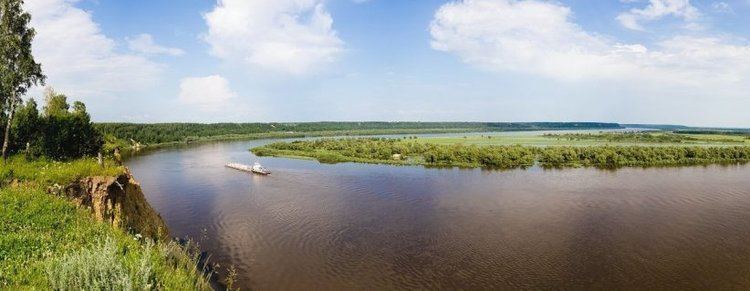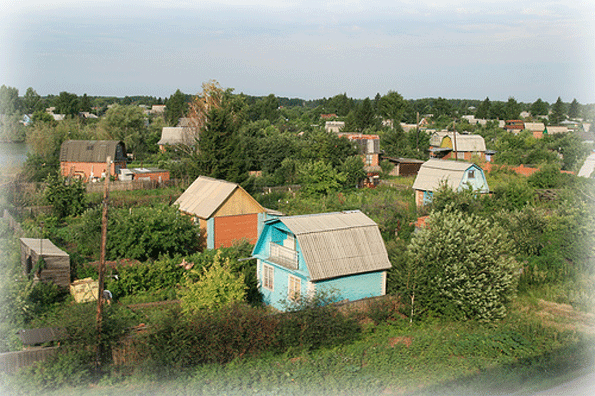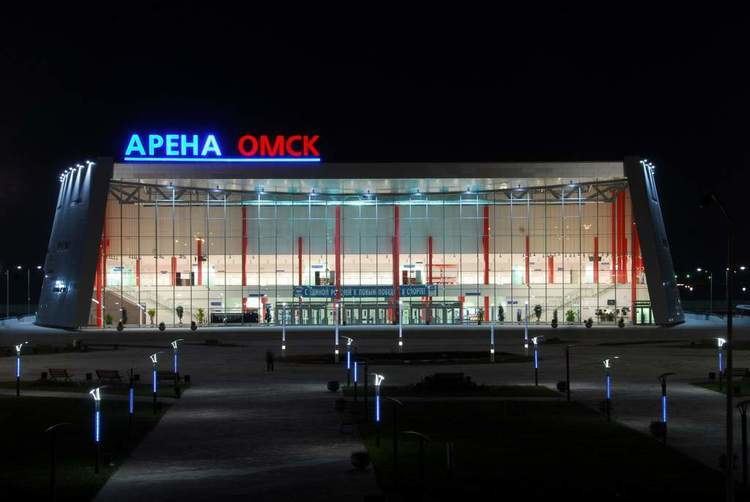Area 573 km² Mayor Viacheslav Dvorakovsky | Population 1.154 million (2010) | |
 | ||
Colleges and Universities Omsk State Technical University, Omsk State University, Omsk State Medical Academy, Siberian State Automobile and Highway Academy, Omsk State Pedagogical University | ||
Map of Omsk
Omsk (Russian: Омск; [omsk]) is a city and the administrative center of Omsk Oblast, Russia, located in southwestern Siberia 2,236 kilometers (1,389 mi) from Moscow. With a population of 1,154,116, it is Russia's second-largest city east of the Ural Mountains after Novosibirsk, and seventh by size nationally.Omsk acts as an essential transport node, serving as a train station for Trans-Siberian Railway and as a staging post for the Irtysh River.
Contents
- Map of Omsk
- Alien greys captured in omsk russia ufo ovni best proof 2014
- Omsk the third capital 300 year anniversary 300
- History
- Soviet period
- Post Soviet period
- Location
- Climate
- Administrative and municipal status
- Demographics
- Architecture
- Life and culture
- Education
- Sports
- Transportation
- Honors
- Twin towns and sister cities
- References

During the Imperial era, Omsk used to be the seat of the Governor General of Western Siberia and, later, of the Governor General of the Steppes. For a brief period during the Russian Civil War in 1918–1920, it served as the capital of the anti-Bolshevik Russian State and held the imperial gold reserves.

Omsk is the administrative center of the Siberian Cossack Host. It also serves as the see of the bishop of Omsk and Tara, as well as the administrative seat of the Imam of Siberia.
Alien greys captured in omsk russia ufo ovni best proof 2014
Omsk the third capital 300 year anniversary 300
History
The wooden fort of Omsk was built in 1716 by a cossack unit led by Ivan Buchholz to protect the expanding Russian frontier along the Ishim and the Irtysh rivers against the Kyrgyz and Dzungar nomads of the Steppes. In 1768 Om fortress was relocated. The original Tobolsk and the restored Tara gates, along with the original German Lutheran Church and several public buildings are left from that time. Omsk was granted town status in 1782.
In 1822 Omsk became an administrative capital of Western Siberia and later in 1882 the center of the vast Steppes region (today the northern part of Kazakhstan) and Aqmola Oblast in particular acquiring several churches and cathedrals of various denominations, mosques, a synagogue, the governor-general's mansion, and a military academy. But as the frontier receded and its military importance diminished, the town fell into lethargy. For that time Omsk became a major center of the Siberian exile. From 1850 to 1854 Fyodor Dostoyevsky served his sentence in an Omsk katorga prison.
Development of the city was catalyzed with the construction of the Trans-Siberian Railway in the 1890s that affected significance of Omsk as a logistic hub. Many trade companies established stores and offices in Omsk defining the character of the city center. British, Dutch, and German consulates were established roughly at the same time in order to represent their commercial interests. The pinnacle of development for pre-revolutionary Omsk was the Siberian Exposition of Agriculture and Industry in 1910. Popularity of the World Fairs contributed to the image of Omsk as "Chicago of Siberia".
Soon after the October Revolution, anti-Bolshevik White forces seized control of Omsk. The "Provisional All-Russian Government" was established here in 1918, headed by the Arctic explorer and decorated war hero Admiral Kolchak. Omsk was proclaimed the capital of Russia, and its central bank was tasked with safekeeping the former empire's gold reserves. These were guarded by a garrison of former Czechoslovakian POWs trapped in Siberia by the chaos of World War I and the subsequent Revolution. Omsk became a prime target for the Red Army leadership, which viewed it as a major target of their Siberian campaign and eventually forced Kolchak and his government to abandon the city and retreat along the Trans-Siberian eastward to Irkutsk. Bolshevik forces entered the city in 1919.
Soviet period
The Soviet government preferred the young Novonikolayevsk (later known as Novosibirsk) as the administrative center of Western Siberia, prompting the mass transfer of administrative, cultural, and educational functions from Omsk. This somewhat stunted Omsk's growth and sparked a continuing rivalry between the two cities. Omsk received new life as a result of World War II. Because it was both far from the fighting and had a well-developed infrastructure, Omsk provided a perfect haven for much of the industry evacuated away from the frontlines in 1941. Additionally, contingency plans were made to transfer the provisional Soviet capital to Omsk in the event of a German victory during the Battle of Moscow (October 1941 to January 1942). At the end of the war Omsk remained a major industrial center, and became a leader in Soviet military production.
Military industries which moved to Omsk included part of the OKMO tank-design bureau in 1941, and S.M. Kirov Factory no. 185 from Chelyabinsk, in 1962. The Kirov Factory and Omsk Transmash design bureau (KBTM) produced T-80 tanks from the 1970s, and were responsible for the BTR-T, TOS-1, and the prototype Black Eagle tank. Omsk Transmash declared bankruptcy in 2002.
In the 1950s, following the development of the oil and natural-gas field in Siberia, an oil-refining complex was built, along with an entire "town of oil workers", expanding Omsk northward along the Irtysh. It is currently the largest such complex in Russia. Gazprom Neft, the parent company, is the largest employer in the city, wielding its tax rates as leverage in negotiations with municipal and regional authorities.
Post-Soviet period
Following the dissolution of the Soviet Union, Omsk experienced a period of economic instability and political stagnation. Most of the city's large businesses, which had previously been state owned, were fought over by members of the former party elite, the emerging nouveau riche, and fast growing criminal syndicates. The most notorious cases involved the privatization of Sibneft, a major oil company, which dragged on for several years. Until the end of the 1990s, political life in Omsk was defined by an ongoing feud between the oblast and city authorities. The resulting conflict made at least two points of view available to the public and served as the impetus for some improvements to the city's infrastructure and cultural life. These included the construction of new leisure parks and the renovation of the city's historic center, the establishment of the annual Siberian International Marathon, and of the annual City Days Festival. Despite this, internal political competition drained the Omsk's resources and served as a major obstacle for smooth government operations and city development.
Location
Omsk is situated on the south of the West Siberian Plain along the banks of the north-flowing Irtysh at its confluence with the Om River. The city has an elevation of 87 meters (285 ft) above mean sea level at its highest point.
Omsk is an important railroad hub, and is the junction point for the northern and southern branches of the Trans-Siberian Railway. The city also serves as a major hub for the regional highway network. River-port facilities handle both passengers and freight, giving the city access to navigating the extensive waterways of the Irtysh and Ob River. The waterways connect Omsk with the coal and mineral-mining towns further up the river in Kazakhstan, as well as with the oil, natural gas and lumber operations of northern Siberia. Omsk is served by the Tsentralny Airport, which offers access to domestic and international (primarily, German and Kazakh) destinations, making the city an important aviation hub for Siberia and the Russian Far East.
Climate
Omsk has a temperate climate characterized by dramatic swings of weather. Average daily temperatures, taken over the past three decades, are +20 °C (68 °F) for July and −17 °C (1 °F) for January, although temperatures can reach +40 °C (104 °F) in the summer and drop to −45 °C (−49 °F) in the winter. On average, Omsk sees over 300 sunny days a year (2201 hours). The average annual precipitation is 415 millimeters (16.3 in).
Administrative and municipal status
Within the framework of administrative divisions, it is incorporated as the city of oblast significance of Omsk—an administrative unit with the status equal to that of the districts. As a municipal division, the city of oblast significance of Omsk is incorporated as Omsk Urban Okrug.
Demographics
The population in Omsk had been steadily rising, according to the records: from 31,000 in 1881 to 53,050 in 1900 and to 1,148,418 in 1989. The 2002 Census recorded that the population had declined to 1,134,016, but it rebounded marginally, according to the 2010 Census, which listed the population of 1,154,116.
Architecture
The architectural centerpiece of the city is an ensemble of buildings along Lyubinsky Avenue/Lenina Street, anchored by the former Gostiny Dvor, and flanked by two chapels. The area is an eclectic mix of architectural styles, dominated by Art-Nouveau, Neoclassical and Second Empire.
Closer to the confluence of the Om and the Irtysh are the few surviving sombre buildings of the 18th-century fortress. The largest and most opulent church in the city is the Dormition Cathedral, a five-domed edifice in the Russian Revival style, consecrated in 1896, demolished by the Soviets, and restored in the early first decade of the 21st century.
Another area of interest is Nikolsky Avenue-Krasnykh Zor Street, where a line of merchants' wooden houses still stands. The street leads to the Neoclassical cathedral of St. Nicholas, which was commissioned by the Cossacks, designed by Vasily Stasov and consecrated in 1840. It contains various relics of the Siberian Cossacks.
Life and culture
As a prominent educational center, Omsk has a number of museums, theaters, music venues, and educational institutions.
Among Omsk's museums, the most notable are:
Theaters include the Omsk Opera, The Omsk Theater of Drama, The Omsk Circus, and a number of smaller venues.
Education
Omsk is home to many institutions of higher learning and several universities:
Sports
Omsk is represented nationally by professional association football and hockey clubs.
Transportation
Omsk is a major rail, road, and air hub. The city is served by a station on the Trans-Siberian Railway, and by the Tsentralny Airport. Additionally, Omsk possesses a river port on the Irtysh, offering service to domestic destinations and to cities within Kazakhstan.
Municipal Transport consists of a large bus and trolley, and tram networks, although the latter of these has deteriorated severely since the collapse of the USSR. marshrutkas (shared taxis) supplement municipal transit networks.
A Metro system, proposed in the late 1980s, but postponed for lack of funds, is currently under construction, with the Metro bridge over the Irtysh River. The bridge is already opened for cars (upper level), but the metro (lower level) is still under construction. As a first step, one short line will connect the districts in the northwest with the city center. The first line of the Omsk metro is currently under construction.
Honors
Twin towns and sister cities
Omsk is twinned with:
